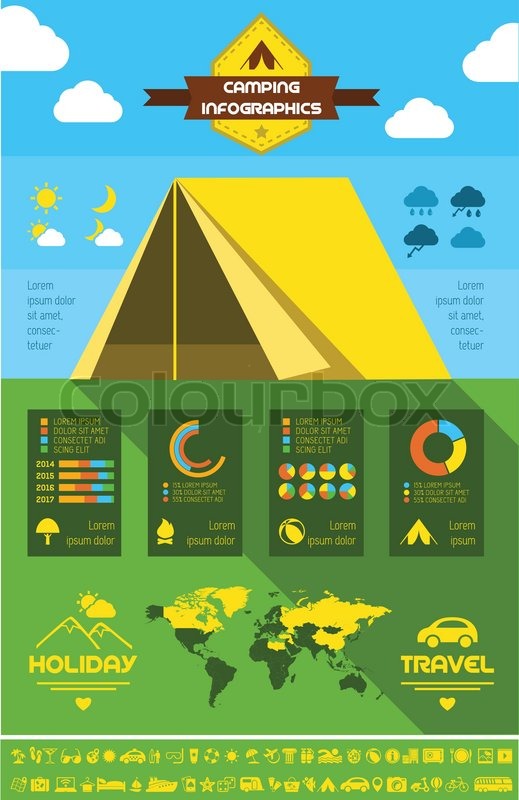Tips To Use To Quickly Capture Camping Tents Product Sales Online
Tips To Use To Quickly Capture Camping Tents Product Sales Online
Blog Article
Exactly How Vital Are Outdoor Tents Footprints/Ground Cover?
Outdoor tents impacts are a wonderful means to shield your camping tent flooring from abrasions and prolong its functional life. Almost all equipment suppliers use their own brand-specific footprints that are designed to match their specific outdoor tents designs.
Are pop up tents good for camping?
This tailored technique offers simplicity of arrangement and reduces the threat of rainwater seeping in with the joints.
What are they?
Tent impacts (also referred to as outdoor tents ground sheets or under tent pads) supply a layer of protection between the base of your outdoor tents and the outdoor atmosphere. They shield your tent from sharp items, dampness, and abrasive surfaces.
The majority of tent makers supply their own top quality impacts made to fit perfectly with their assigned sanctuary models. Nevertheless, these are commonly expensive and fairly hefty contrasted to do it yourself options like Polycryo or Tyvek.
Footprints are normally made from durable, waterproof materials such as polyurethane, nylon or silnylon. For ultralight backpackers looking for to decrease pack weight, there are also lightweight, high-strength choices made from Cuben Fiber (Dyneema). It is necessary to choose a footprint that's somewhat smaller sized than your outdoor tents to stop rainwater from dripping down the sides of your shelter and funneling beneath you while you rest-- no person wants to wake up in a puddle! A footprint is a beneficial enhancement to any outdoor camping trip. It assists make certain a lengthy life-span for your tent while adding comfort and assurance.
Exactly how crucial are they?
Outdoor tents impacts shield the base of your tent from abrasion and moisture, helping to extend its lifespan. They're typically made from water resistant and dirt-resistant products like polyethylene or a light-weight oxford polyester, though the denier of the textile will certainly differ (the greater the denier number, the thicker and burlier).
The majority of impacts are in tents made to exactly match the shape of your tent's floor, which helps minimize material waste. Many have grommets or loops through which you can weave guylines for tension and stakes, ensuring that the footprint is securely held back.
If you camp in harsh surface or locations where there's a great deal of downed branches and sharp rocks, a camping tent footprint is well worth the added weight and bulk. But if you frequently camp in completely dry, sandy or rough problems, an impact might be overkill. A tarp is a better option because instance.
Do you commonly load one?
If you're camping on a really level surface where rocks and sticks aren't a problem, a camping tent footprint probably isn't necessary. If you remain in the backcountry with a lot of rough surface, a footprint can make life much easier.
Footprints are generally sized a little smaller sized than the base of the camping tent. That's since a larger impact would certainly capture rain and funnel it under the tent, where you might get up in a puddle.
However, footprints can be expensive and heavy if you purchase one from the maker of your outdoor tents (the Big Agnes Tiger Wall surface UL 2 footprint, for example, costs $70 and evaluates 6 ounces). You can conserve cash and weight by making your very own DIY footprint by cutting a piece of Tyvek or other water resistant textile to the specific measurements of your sanctuary. You can even add grommets for simple attachment. The main advantage of an impact is that it assists to safeguard the floor of your backpacking outdoor tents from unpleasant aspects such as rocks and twigs.
Just how do you maintain them clean up?
A manufacturer's impact can add significant weight to your sanctuary system and if you're an ultralight backpacker trying to save every ounce, it may not deserve it. Therefore, lots of backpackers will certainly utilize a do it yourself groundsheet that's constructed out of something like Tyvek or Polycryo and suffice to dimension for their camping tent footprint.
This choice is fairly low-cost and will safeguard your camping tent from wetness, rocks, thorns, sticks, etc, while also helping to maintain all-time low of your outdoor tents completely dry.
If you do make a decision to buy a footprint, make sure it's developed specifically for your specific tent as this will certainly help in reducing water merging around the edges of your shelter. For example, if your tent footprint is too large and expands past the side of your rainfly, it will certainly gather rainfall which can leak into lighter-weight camping tents and possibly wear down the flooring. Make certain it fits your camping tent relatively comfortably to prevent this.
What size bell tent do I need?
